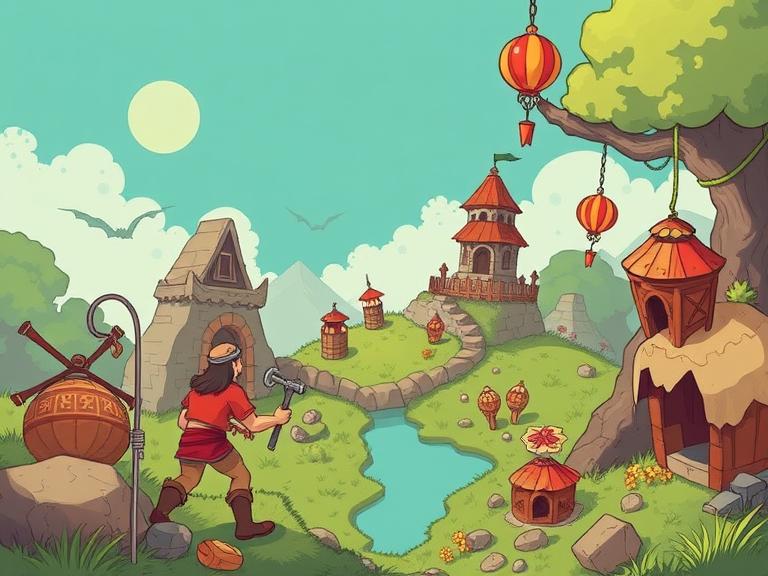Crafting systems have become a staple in modern video games, spanning genres from survival sims to RPGs and even shooters. A well-designed crafting mechanic offers players a sense of control, progression, and creativity. But when overcomplicated or underdeveloped, it can quickly turn into tedious inventory management.
Great crafting systems are built on meaningful resources and clear goals. Games like The Legend of Zelda: Tears of the Kingdom encourage experimentation and exploration by letting players build tools, weapons, and vehicles out of everyday objects. Meanwhile, Subnautica immerses players in underwater survival with blueprints, resource trees, and modular base-building.
Balance is key. If crafting requires too many obscure components or steps, it risks alienating casual players. If it’s too simple, it feels pointless. The best systems introduce layers gradually — starting with basic combinations and evolving into more complex mechanics over time.
User interface plays a big role as well. Games like Minecraft and Terraria offer intuitive drag-and-drop crafting, while others use tiered menus or radial wheels. Visual cues, icons, and contextual tips help reduce friction and keep the process engaging.
Crafting should feel like a tool — not a chore. When integrated properly, it adds strategic depth and gives players a reason to explore, fight, or scavenge. Whether you’re forging a legendary sword or brewing a healing potion, crafting offers players the joy of creation — a reward in itself.
